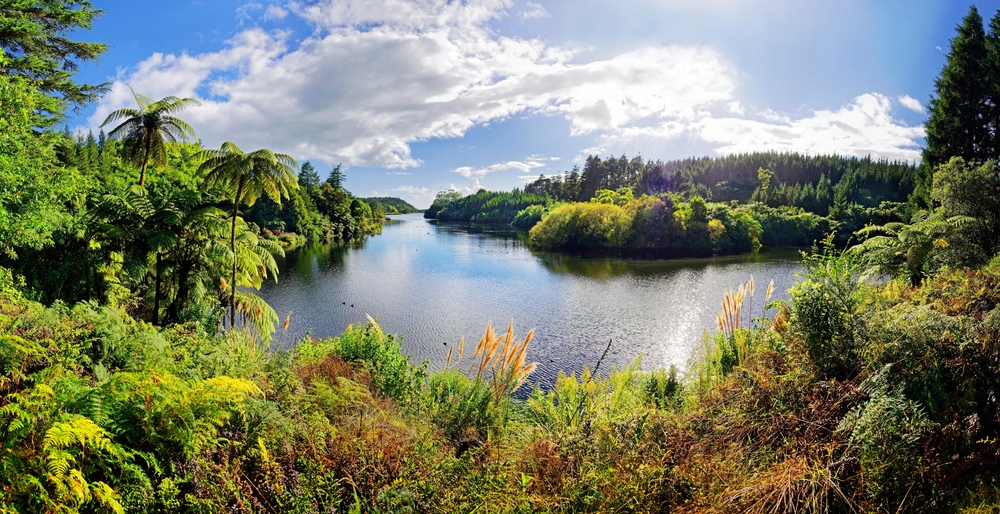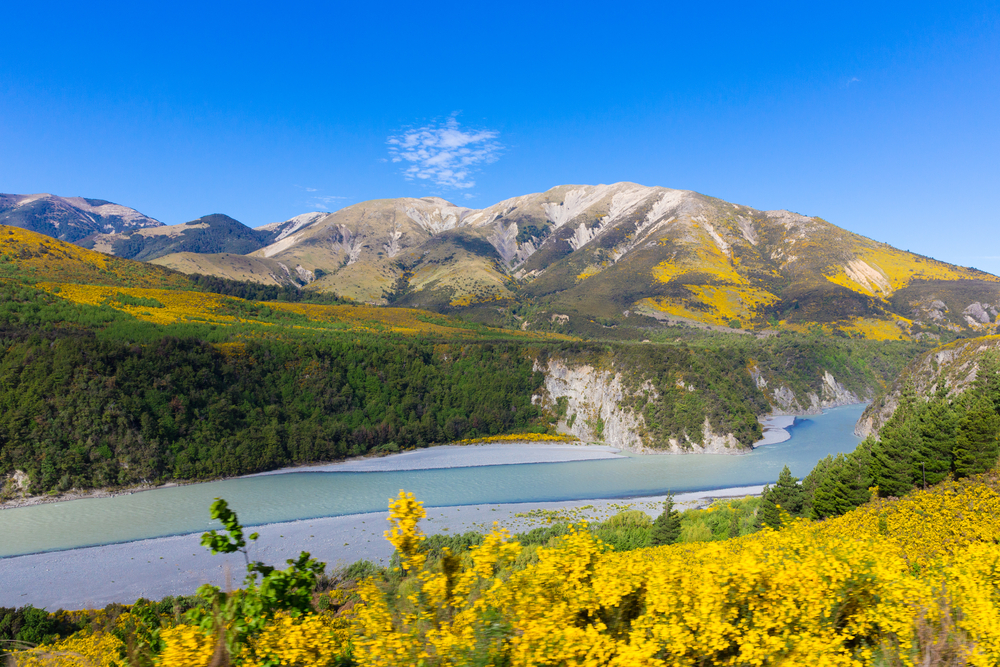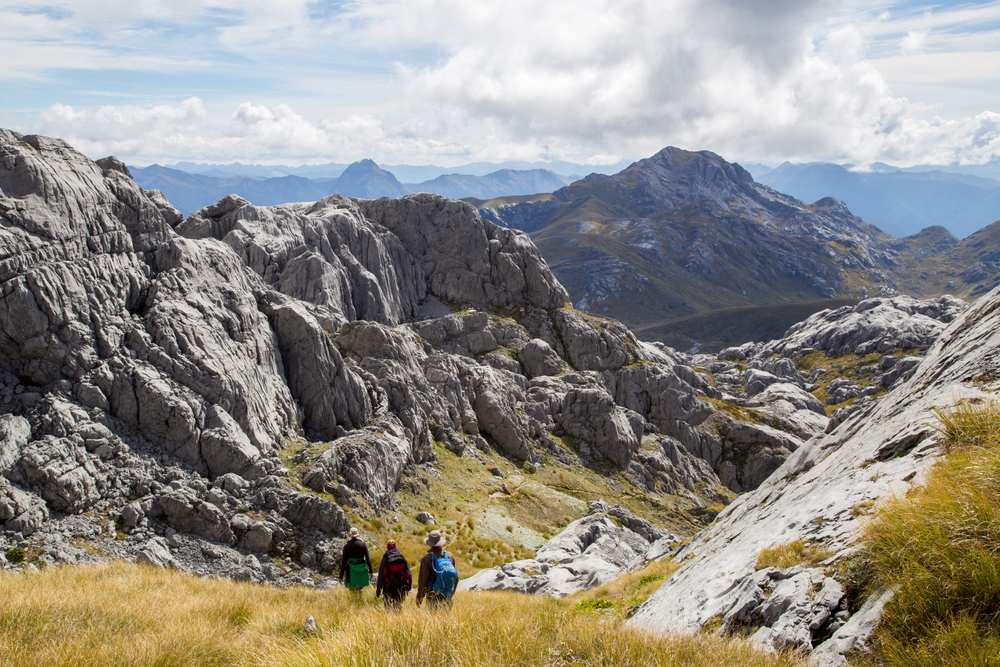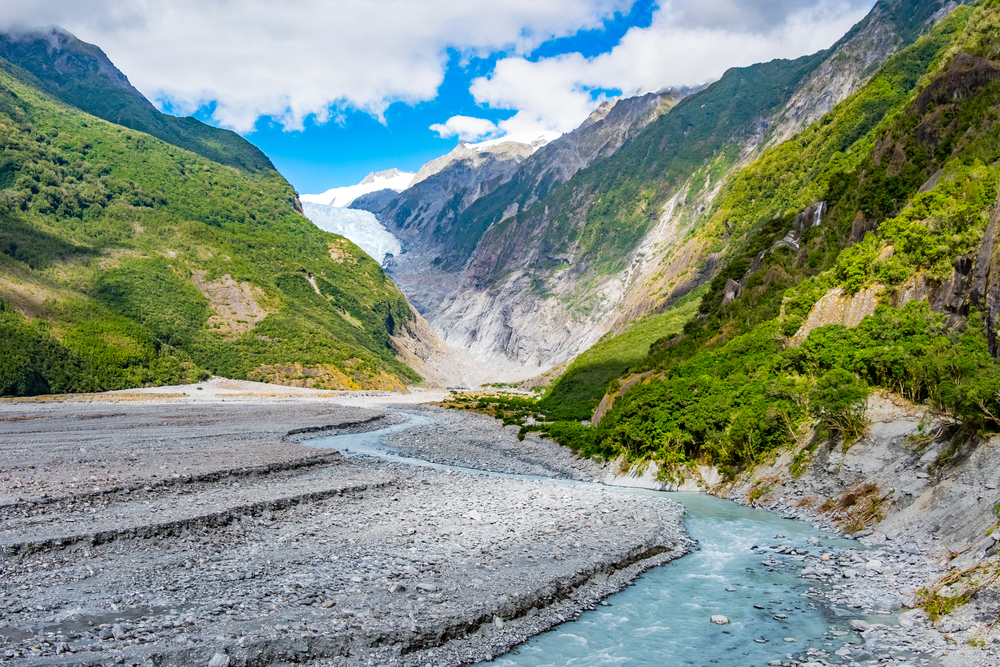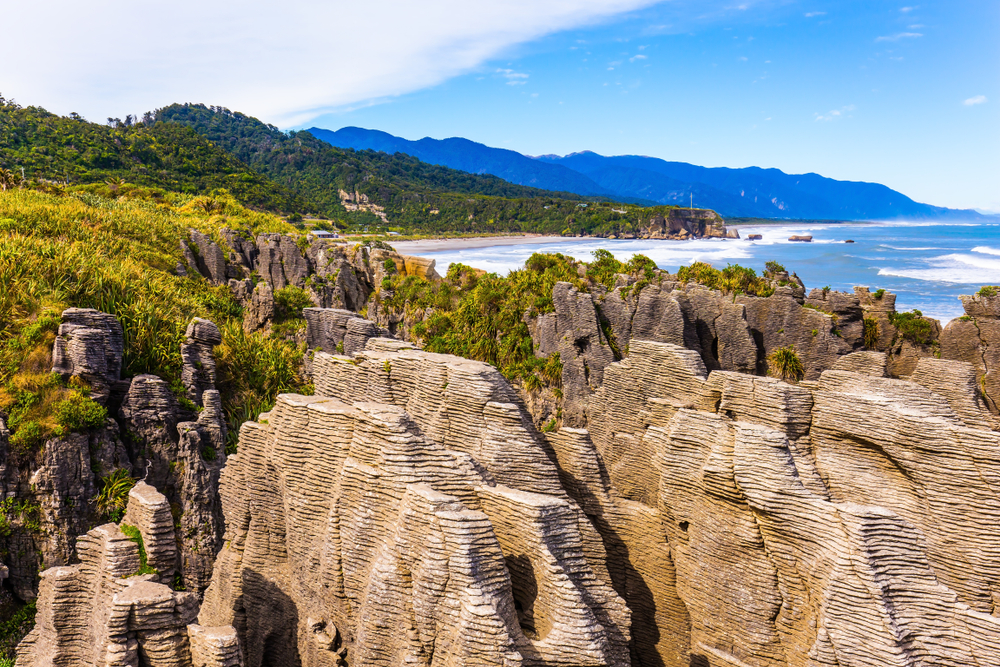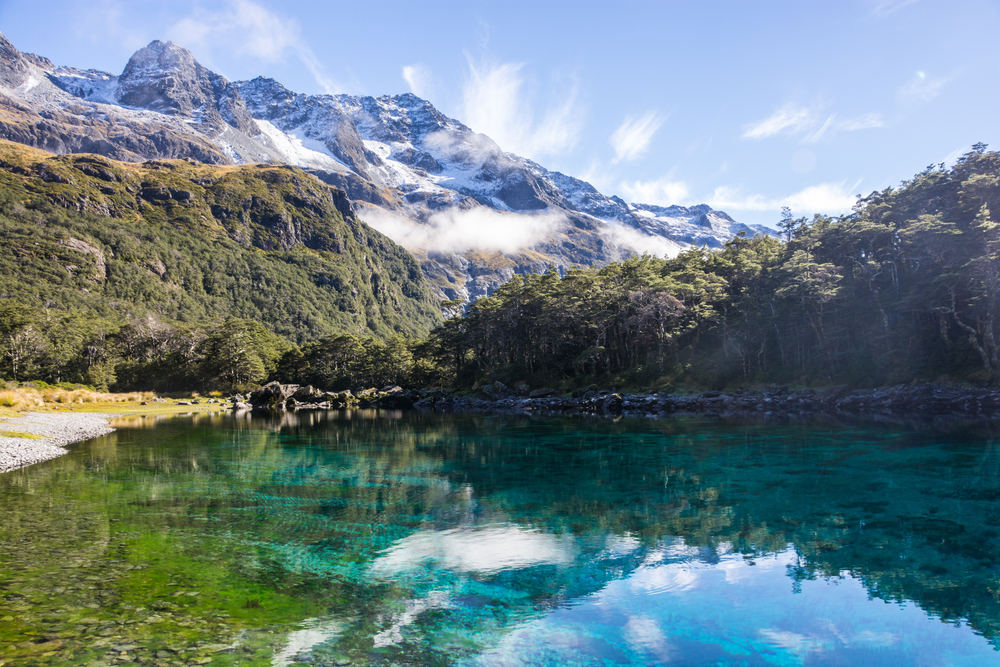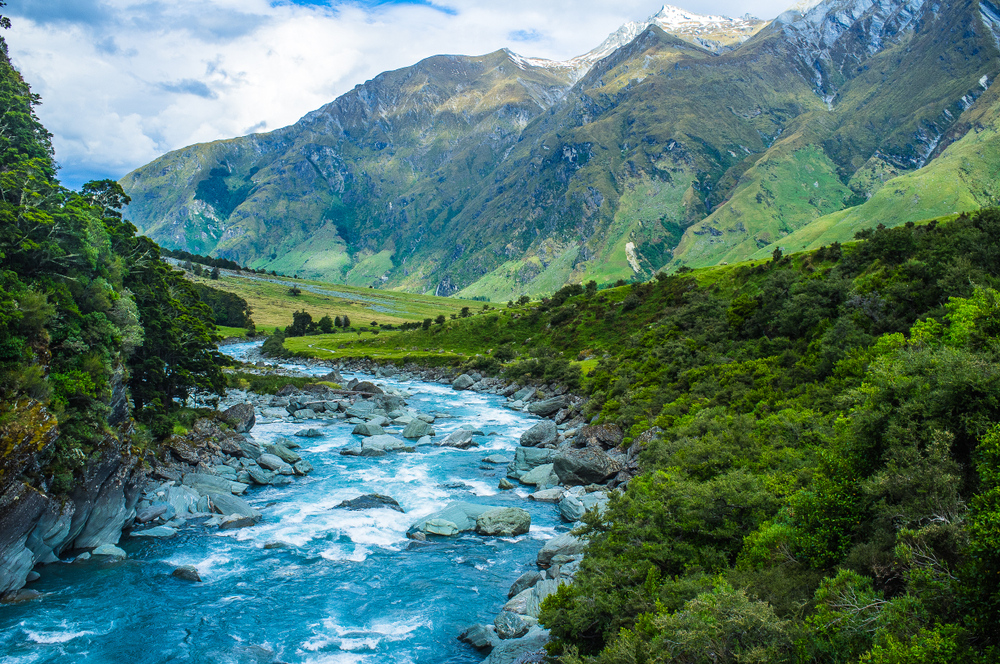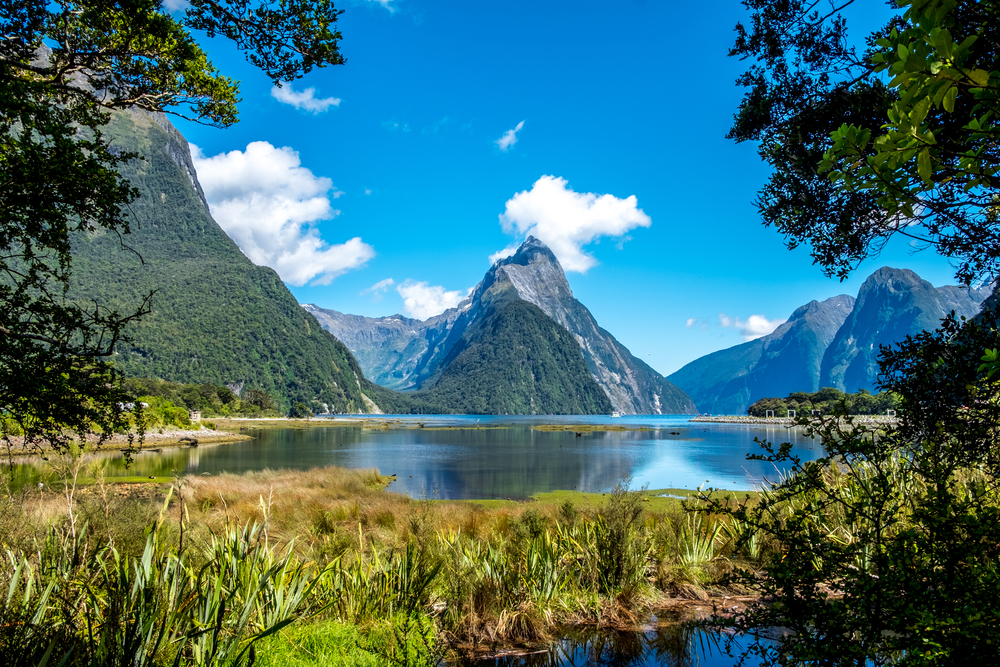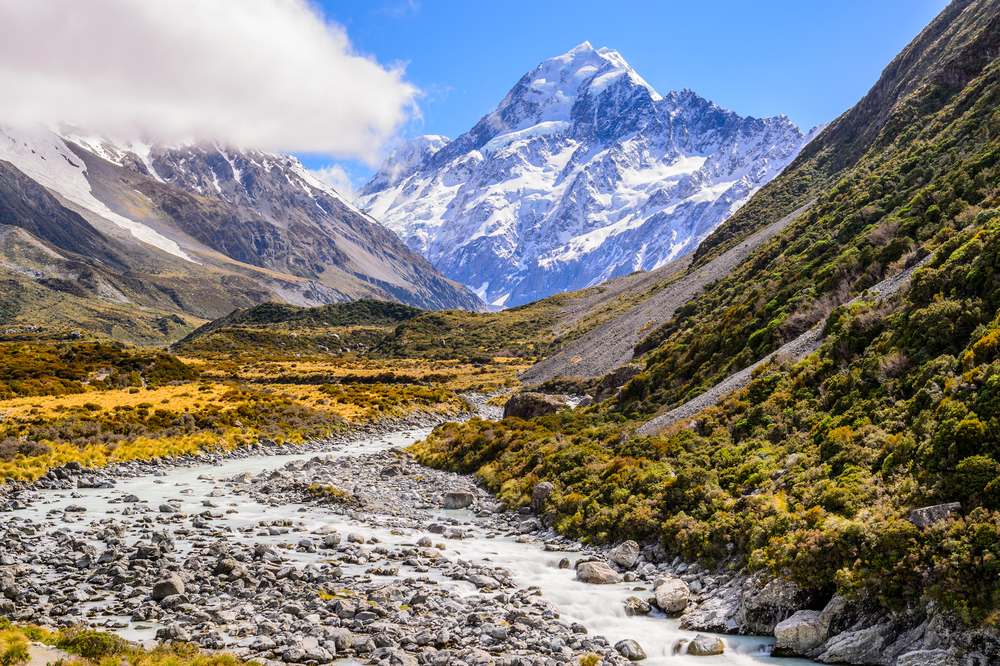Whanganui Overview
Whanganui National Park, located on the North Island of New Zealand, spans approximately 285 square miles (738 square kilometers).
This stunning park is named after the Whanganui River, which runs through its heart, serving as both a geographic and cultural landmark. The river, the third longest in New Zealand, holds deep significance for the Māori people, particularly the local iwi (tribe) of Whanganui, who consider it an ancestor.
The park, established in 1986, is characterized by its remote, rugged landscapes dominated by steep hills, deep gorges, and dense temperate rainforests filled with towering trees, including rimu, kahikatea, and tawa. The lush greenery is further complemented by moss-covered rocks, cascading waterfalls, and hidden caves, creating a mystical atmosphere. The region’s volcanic origins have shaped the undulating terrain, contributing to its dramatic cliffs and valleys.
Wildlife thrives within Whanganui National Park, with a wide range of endemic species calling it home. Among the most notable are several rare and endangered birds, including the North Island brown kiwi, which can sometimes be heard rustling in the underbrush at night.
The park also provides sanctuary for whio, or blue ducks, often spotted along the river’s fast-flowing waters. Fantails, tui, and kererū (New Zealand pigeons) are frequently seen flitting through the dense canopy. Introduced species like stoats and rats have posed threats to native wildlife, but conservation efforts have helped stabilize populations of vulnerable birds. The park’s ecosystem supports various native insects and reptiles, such as the ancient tuatara, a reptile species that dates back to the time of the dinosaurs.
The Whanganui River is the park’s defining feature and one of its most popular attractions. Visitors can explore the river by kayak or canoe, following the famed Whanganui Journey, a multi-day paddling adventure that is part of New Zealand’s Great Walks network. The journey allows adventurers to navigate through spectacular gorges and past steep, forested cliffs, offering a unique perspective on the park’s remote beauty.
Along the way, travelers can visit the historic Tīeke Kāinga, a Māori marae (meeting place) that provides insight into local traditions and heritage. Another highlight is the Bridge to Nowhere, a mysterious concrete bridge hidden deep in the forest, a remnant of an abandoned farming settlement from the early 20th century. Hikers can also explore numerous walking tracks, ranging from short strolls to challenging multi-day treks, with routes such as the Matemateaonga Track offering stunning vistas.
Visitors can engage with the park in multiple ways, from guided cultural tours led by Māori operators to independent trekking and paddling expeditions. Camping is a favored option for those who wish to immerse themselves in nature, with several designated campsites along the river and within the forest.
Some opt for lodge stays or huts managed by the Department of Conservation, which provide shelter for trampers exploring the park’s extensive trail system. The park is accessible from towns such as Whanganui and Taumarunui, with several entry points allowing visitors to experience different aspects of its wilderness.
Conservation efforts in Whanganui National Park have focused on restoring native bird populations and controlling invasive predators. Programs such as Predator Free 2050 aim to eradicate stoats, rats, and possums that threaten native species.
The protection of the Whanganui River has also been a significant achievement, with the river gaining legal personhood status in 2017, recognizing it as a living entity with rights and protections. This landmark decision has strengthened efforts to preserve the waterway’s ecological and cultural integrity.
The park’s remoteness and steep terrain have helped shield it from large-scale human impact, though climate change and invasive species continue to pose challenges. Ongoing conservation work ensures that Whanganui National Park remains a sanctuary for its unique biodiversity and cultural heritage.








































































